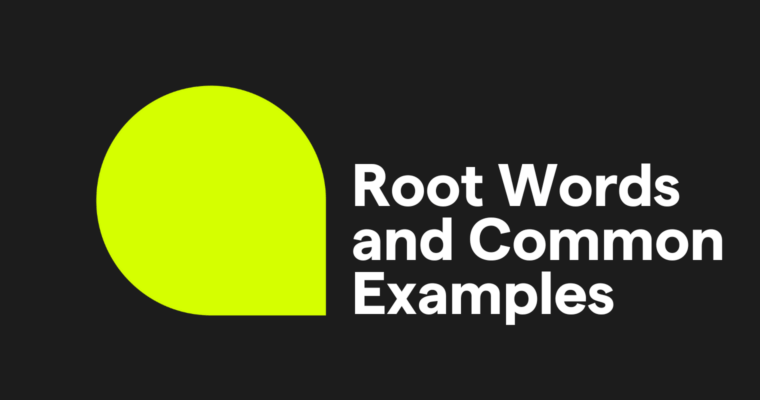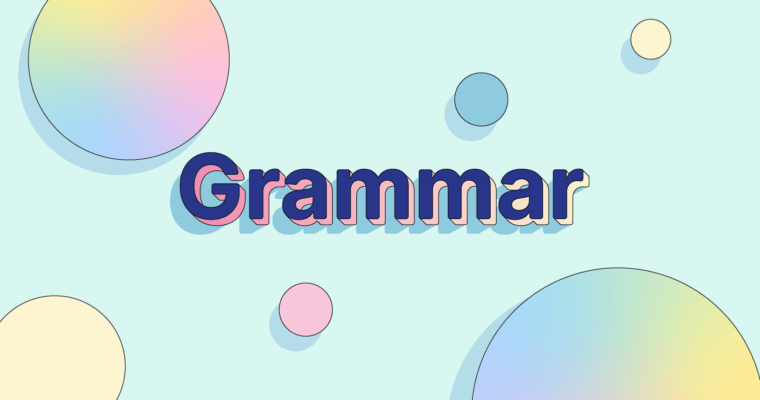
- In English grammar, articles are words that appear before nouns to indicate whether the noun is specific or general.
- Definite articles (the) are used to identify a specific noun or group of nouns, while indefinite articles (a, an) are used to identify a general noun or a noun whose identity is unknown. For example, “I want the apple” has a different meaning than “I want an apple.”
- Use a when the noun or adjective that comes next begins with a consonant sound. Use an when the noun or adjective that comes next begins with a vowel sound.
- Don’t use indefinite articles with uncountable nouns or before pronouns. In these cases, simply omit articles.
Articles in English grammar are tiny words that do a lot of work in sentences. Articles are how we understand whether somebody is talking about a specific noun or just any old noun. Sound confusing? Using articles in English grammar is easy. It’s the difference between a glass of water and the glass of water.
Table of contents
Examples of articles in grammar
Definite and Indefinite articles
Using an article before an adjective
Don’t use indefinite articles with uncountable nouns
Don’t use articles with pronouns
Omission of articles before nouns
Articles in English grammar FAQs
Using articles in English grammar
Articles are words that identify nouns as specific or unspecific. Take a look at this example:
The is a definite article, which means that it designates the long day as a specific long day and the cup of tea as a specific cup of tea. In contrast, a is an indefinite article, which does not specify the nouns it’s placed before. Here’s the same sentence, but with a swapped in:
By using the article a, we’ve created a general statement, implying that any cup of tea would taste good after any long day.
Examples of articles in English grammar
The and a aren’t the only articles in English grammar. There’s a third article: an.
An is the other indefinite article. It’s used when the noun begins with a vowel.
That’s it. There are only three articles in English grammar; one is definite, and the other two are indefinite. Here are a few examples of articles in English:
Definite and indefinite articles
As we mentioned earlier, there are two types of English articles: definite and indefinite. Let’s examine both a bit more closely.
What is a definite article?
The is the definite article in English. When the is used before a noun, it communicates that the noun is a specific noun. Keep in mind that doesn’t mean it’s a singular noun—the is used for both singular and plural nouns. It’s also used with uncountable nouns like money and food.
Take a look at these examples of sentences that contain the:
What is an indefinite article?
English has two indefinite articles: a and an. When a or an is used before a noun, the writer or speaker isn’t specifying a certain noun, but making a general statement. Here are a few examples of sentences that contain indefinite articles:
In most cases, a is used for nouns that begin with consonants and an is used for nouns that begin with vowels. However, when a noun begins with a vowel that sounds like a consonant, it gets a as its indefinite article. Here is an example:
When to use a or an
Use a before words that start with a consonant sound and an before words that begin with a vowel sound. We mentioned that this rule applies to words that start with vowels that sound like consonants. It also applies to words that start with consonants that sound like vowels (or that are not pronounced at all), like honor:
This holds true for acronyms and initialisms too: an LCD display, a UK-based company, an HR department, a URL.
Using an article before an adjective
The rules for using articles don’t change when the noun is modified by an adjective. However, if you’re using an indefinite article, choose the indefinite article that matches the adjective’s beginning sound. Here are two examples:
And for good measure, here’s an example with a definite article:
Don’t use indefinite articles with uncountable nouns
Uncountable nouns, also known as mass nouns, are nouns like information, wealth, and water. These are nouns that cannot be easily quantified. They include intangible concepts like animal husbandry and space, nouns that are generally considered as wholes like jewelry and equipment, and homogeneous substances like sand and air. While you might say something like the air or the jewelry, you wouldn’t say something like an air or a jewelry.
However, you would say something like an airplane or a jewelry store.
That’s because in these cases, despite containing uncountable nouns, you’re describing countable compound nouns.
What if you needed to specify a portion of an uncountable noun? You could do that with an indefinite adjective like some or most:
To get more specific, you can restructure the sentence to focus on a different noun. Here are a few examples:
Don’t use articles with possessive pronouns
Possessive pronouns like his, my, our, its, her, and their can help identify whether you’re talking about specific or nonspecific items. In fact, they completely replace articles. Here are a few examples:
Omission of articles before nouns
In certain cases, a noun doesn’t get any article. Usually, these are nouns that refer to concepts, ideas, and other intangible things. When this occurs, the implied article is known as a “zero article.” Here are a few examples of a zero article in action:
Try working articles into these examples. See how incorrect they sound? If a phrase or sentence doesn’t sound quite right, try removing the article. It may be a case where a zero article is the correct choice.
Articles in English grammar FAQs
What is an article in grammar?
An article in grammar is a short word that indicates whether the noun that follows is specific or unspecific.
What are definite and indefinite articles?
The definite article in English is the and the indefinite articles in English are a and an.
What are examples of articles in grammar?
When should you not use an article?
Don’t use an article when the noun describes an intangible concept, like a language. You also don’t need to use an article when a personal pronoun is modifying a noun.






